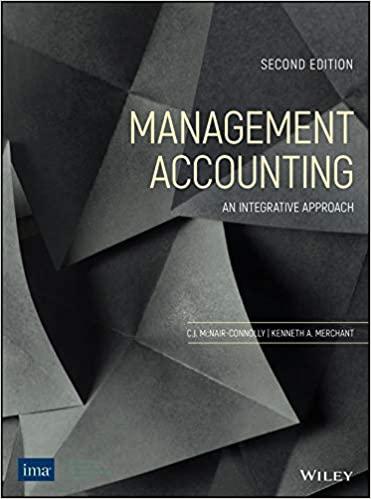Question
1. Use the following data to answer the next question (all data UNCTAD, 2013; all in US$ Millions): ============================================================================= Outward FDI Stock 2013: Swaziland: 76.2;
1. Use the following data to answer the next question (all data UNCTAD, 2013; all in US$ Millions):
=============================================================================
Outward FDI Stock 2013: Swaziland: 76.2; Chad: 70.3; Central African Republic: 43.2; Namibia: 31.8; Mozambique: 24.3; Niger: 14; Rwanda: 12.9
Inward FDI Stock 2013: Mozambique: 20966.9; Niger: 4939.7; Chad: 4757.7; Namibia: 4277.3; Rwanda: 853.9; Swaziland: 838.1; Central African Republic: 619.5
FDI 2013 Inflow: Mozambique: 5935.1; Namibia: 699.1; Niger: 631.4; Chad: 538.4; Rwanda: 110.8; Swaziland: 67; Central African Republic: 0.8
FDI 2013 Outflow: Rwanda: 13.5; Swaziland: 0.6; Central African Republic: 0; Chad: 0; Mozambique: -0.3; Niger: -6.7; Namibia: -8.2
=============================================================================
Imagine you work for a company that services expatriates from your country working overseas. You analyzed 4 different countries, all listed in the alternatives below, and you concluded that, over the years, your country has the greatest number of potential expatriates working for your country's multinationals abroad. According to the data provided, and assuming the listed variables is all the information you had, which of the following countries are you from?
Group of answer choices
1. Rwanda
2. Namibia
3. Swaziland
4. Niger
2. The concepts of ABSOLUTE and COMPARATIVE ADVANTAGE view trade as:
Group of answer choices
1. a negative-sum game
2. a zero-sum game
3. a positive-sum game
4. a positive-sum game when trade is unrestrictedly free, and a zero-sum game when it is restricted
3. Your boss asked you to analyze some foreign market entry strategies for your company, to determine where it would need to consider FDI type of strategies and where it could remain in arms-length entry modes, such as exporting. Your analysis suggests that in Country A your company should consider a greenfield entry, rather than pursuing an acquisition, whereas in Country B you have suggested acquisition instead. It is most likely that Country A is _________ and Country B is _________:
Group of answer choices
1. a more developed country; a less developed country
2. a democracy; a totalitarian regime
3. a mixed economy; a command economy
4. a less developed country; a more developed country
4. Use the following data to answer the next question: ==================================================================== ## GNI (2014 US$ Billions): Indonesia: 895; Thailand: 358; Philippines: 322; Malaysia: 310; Pakistan: 247 ## GNI at PPP (2014 US$ Billions): Indonesia: 2,315; Thailand: 899; Pakistan: 881; Philippines: 771; Malaysia: 669 ## GNI at PPP per capita (2014 US$): Malaysia: 22,525; Thailand: 13,397; Indonesia: 9,260; Philippines: 7,827; Pakistan: 4,851 ## GDP Growth % (World bank 2010-14): Philippines: 7.2; Indonesia: 5.8; Malaysia: 4.7; Pakistan 4.4; Thailand: 1.8 ## HDI (2013) Index: Malaysia: 0.773; Thailand: 0.722; Indonesia: 0.684; Philippines: 0.660; Pakistan 0.537 ==================================================================== Your company needs to choose a country to enter based on poverty: the lower the wealth of the average family, the better is the country as a target. According to the data provided, and assuming the listed variables is all the information you have, the chances of your company selecting ______ are MUCH HIGHER than it selecting _____:
Group of answer choices
1. Thailand; Philippines
2. Malaysia; Thailand
3. Pakistan; Malaysia
4. Indonesia; Pakistan
5. Country Z believes that it is in its best interests to maintain a trade surplus, to export more than it imports. In so doing, country Z hopes to accumulate gold and silver, and consequently, increase its national wealth, prestige, and power. Which of the following influences country Z's approach to international trade?
Group of answer choices
1. new trade theory
2. leontief's paradox
3. product life-cycle theory
4. mercantilism
Step by Step Solution
There are 3 Steps involved in it
Step: 1

Get Instant Access to Expert-Tailored Solutions
See step-by-step solutions with expert insights and AI powered tools for academic success
Step: 2

Step: 3

Ace Your Homework with AI
Get the answers you need in no time with our AI-driven, step-by-step assistance
Get Started


